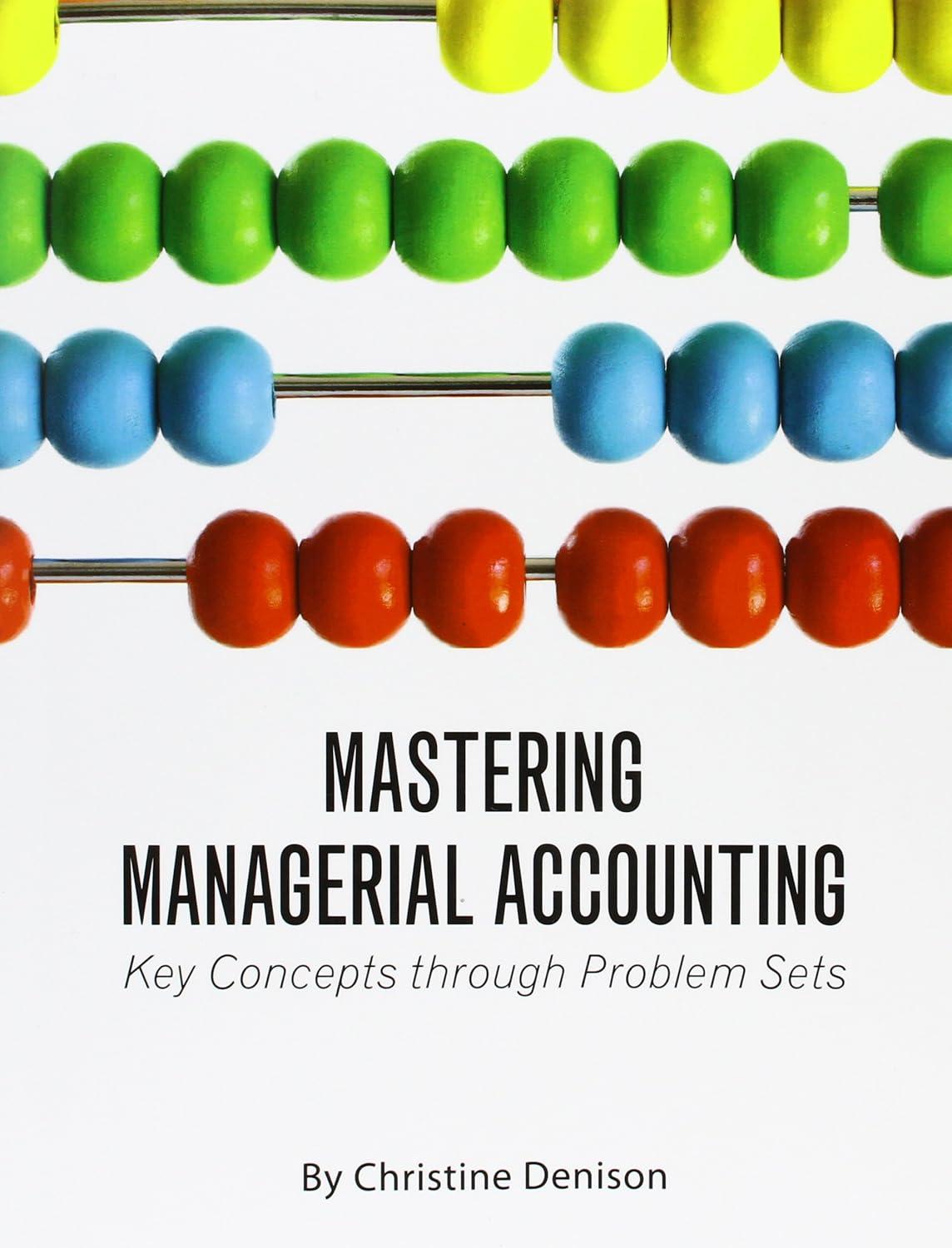1. Assume that the animal feed is accounted for at the time of sale. Allocate the joint...
Question:
1. Assume that the animal feed is accounted for at the time of sale. Allocate the joint costs using the sales value at splitoff as a cost allocation base.
a. First, calculate the amount of the cost allocation base to be used to allocate the joint costs for each joint product. Stop—Check!
b. Next, allocate the joint costs to the joint products. Stop—Check!
c. Finally, calculate the total profitability of each product. Stop—Check!
Hambaga, Inc., produces whole pears, diced pears, and animal feed in a joint process with joint costs of $1,000,000. After picking, pears are divided into grades. Pears of the highest grade are sold to retail outlets for $1 per pound without further processing. Medium-grade pears, which can sell for $0.60 per pound without further processing, are diced and canned at a cost of $0.75 per pound.
Each pound of pears yields 2 cans of diced pears that can be sold for $0.80 each. The lowest grade of pears, which could sell for $0.20 per pound without further processing, is processed into animal feed at a cost of $0.05 per pound, and the final product is sold in 10-pound bags at $2.20 each. The animal feed is considered a byproduct. This period, 800,000 pounds of top-grade pears, 500,000 pounds of mid-grade pears, and 400,000 pounds of low-grade pears were picked.
Step by Step Answer:

Mastering Managerial Accounting Key Concepts Through Problem Sets
ISBN: 9781626611184
1st Edition
Authors: Christine Denison





